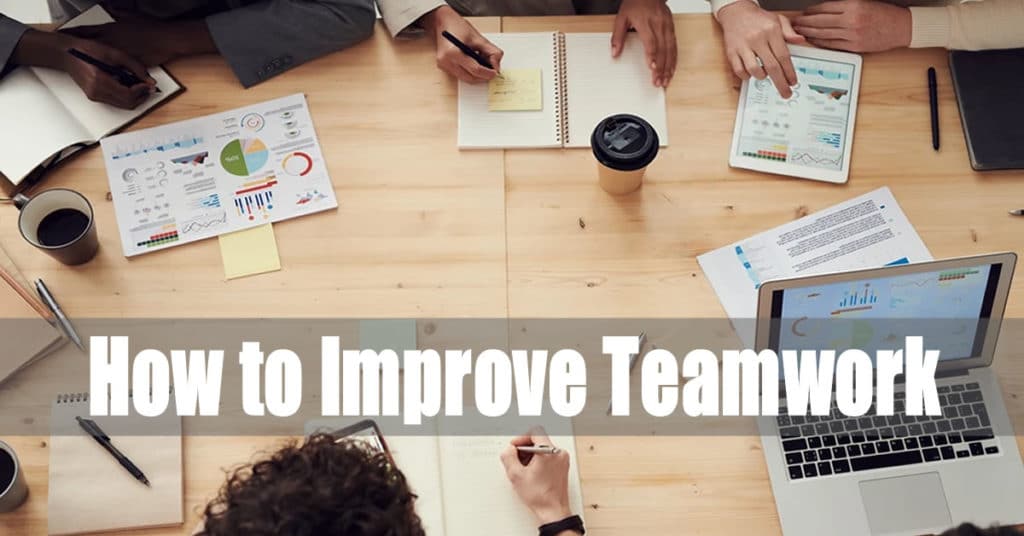In today’s interconnected world, it’s becoming increasingly common for teams to span multiple cities, countries, and even continents. The rapid advancement of communication technologies has made virtual teams not just possible, but often preferable for tapping into a global talent pool. However, managing a team dispersed across the globe comes with its own unique set of challenges.
While virtual teams offer access to a broader range of skills and perspectives, they also require thoughtful strategies to foster cohesion, trust, and effective communication. Time zone differences, cultural nuances, and the lack of face-to-face interaction can all pose hurdles to seamless collaboration. But with the right approach, these obstacles can be overcome, unlocking the full potential of your diverse, global workforce.
At Cooper Consulting Group, we understand the complexities of leading virtual teams. That’s why we offer a comprehensive suite of workshops and training programs tailored to equip you with the skills and knowledge necessary to thrive in this new paradigm of teamwork.
Our expert facilitators will guide you through proven strategies for building trust, fostering open communication, leveraging technology effectively, and navigating cultural differences with sensitivity and emotional intelligence. You’ll emerge with a robust toolkit for inspiring and aligning your remote team members, ensuring they remain engaged, productive, and united in pursuit of shared goals.
Don’t let distance be a barrier to your team’s success. Invest in your virtual leadership capabilities today and unlock the full potential of your global workforce.
Call us at 1-877-461-1120 to schedule a transformative workshop that will elevate your virtual team’s performance to new heights.
What is the role of a virtual team?
The same is true for any team, except virtual teams, which are normally geographically dispersed. A recent study found that 53% of people work remotely for half of their work week, up from 39% in 2012. More importantly, Covid has left many organizations with a huge amount of employees wanting to work remotely.
How do virtual teams work together?
The amount of reliance teammates have on each other varies significantly with virtual teams. To some extent, the team leader likely has the most contact with the team. A team can be viewed as having high or low interdependence. In low interdependence teams, team members may have more conflict, and less trust as the amount of engagement with each other is lower. Conversely, high interdependence teams can have a higher level of team cohesion, greater trust levels, and higher engagement.
Let’s look at Bruce Tuckman’s 1960 model of team formation. Although this model is 60 years old, it has certainly stood the test. Tuckman’s four stages are forming, storming, norming, and performing, and a fifth, adjourning, could be added. Initially, this model was considered for in-person working teams (see Table 1).
Table 1: Stages of Team Formation
| STAGE | PHASE DESCRIPTION |
| FORMING | Team member feelings may range from excitement in joining a new team to anxiety about the team. This is a time when individuals can learn more about their colleagues, share information about themselves. In this phase team members may be jockeying for positions, status, and power. Each person is trying to figure out their role within the team. Roles, goals, and expectations are high-value topics so people can be aligned and know their contribution(s) to the team. |
| STORMING | People might become frustrated with the expectations and goals, perhaps realizing these items are harder than first presumed. Further attempts may be made to sort out any misunderstandings of each person’s responsibilities. Chunking down the assignment to make the work more manageable might be important now. |
| NORMING | People are likely to understand their role within the team and are starting to “jell” well together. The team is becoming more cohesive, with people able to share their feelings, feedback, concerns, and more with each other. |
| PERFORMING | There is a level of satisfaction in the team working well together by now. Problems can be more easily solved, and team members ask for help when needed. Individuals likely feel a sense of enjoyment being around the team. Team members offer encouragement and assistance to ensure the team goals are being met. |
Table 2: How Team Dynamics Are Affected with a Virtual Team
| STAGE | HOW THIS CHALLENGES A VIRTUAL TEAM | RECOMMENDATION |
| FORMING | Less in-person opportunities for: -Meet n’ greet to connect with colleagues -Building trust | -If starting up a virtual team for the first time, have the initial meeting in-person -Create a team charter to include: the team’s values, ways of working, role expectations, mission, vision, and purpose |
| STORMING | -More conflict as people are not working in person, and issues might be brushed under the carpet -Competing goals or needs | -Assign a team leader, so the role is defined -Interventions if needed, for teammates in conflict with each other |
| NORMING | Conflicting expectations on: -Timelines -Due dates -Response rates from emails -Utilizing software for project management or other needs | -Use software tracking programs -Overcommunicate needs |
| PERFORMING | -Holding each other accountable -Competing priorities | Conduct regular 1:1 meetings with individuals |
Managing Virtual Teams
Here are three suggestions to help managers manage virtual teams. First, be sure to clarify roles and expectations. Nothing is more frustrating than a team member not knowing what their role is in the organization and specifically their expectations. Working remotely makes this component critical for the success of the individual, the team, and ultimately the organization.
Second, monitor and evaluate team members. In other words, inspect what you expect. Some managers may feel out of touch and have a hard time discerning how to evaluate a team member when they do not see them in-person. Research shows we may have a proximity bias, which means we may show favoritism to those people we are physically closer to in the workplace. Therefore, a team member who works remotely may be evaluated differently than the team member who works in the office that the manager can physically see.
To avoid this bias, be sure to take in as much factual information about both remote and in-person workers. Even reflecting on one’s week and identifying who and how much time was spent with each person can be a useful tool.
Third, implement or maintain 1:1 sessions with team members. I am surprised how many senior leaders do not do this consistently. Institute a 1:1 conversation with your team on a regular basis. I like to recommend putting dates on the calendar and be sure to not cancel or reschedule. Make your people a priority and they will feel valued and appreciated. Topics for meetings might consist of:
- Questions about career growth and professional development
- Business strategy
- Prioritization of tasks and projects
- What the individual needs from you as the manager
- Performance improvement
- Goal setting
Challenges In Virtual teamwork
Well, if you work on a virtual, you are likely already aware of these issues. If you are new to managing a virtual team, here are some items to be mindful of.
Managing multiple time zones. The beauty of working remotely is one can work anywhere in the world, which also presents a challenge as well. What I see that happens often is the one person who is not “in our time zone” may find themselves being the one to “always” flex their time. If someone is not able to make a meeting due to the time is in the middle of the night, consider recording the meeting to allow the individual(s) who could not make it to see the meeting. Then check back with them, get their input, and share back with the team. Extra steps…yes…worth it…absolutely.
Maintaining or building trust. According to Patrick Lencioni, trust is the building block of great teams and can create a competitive advantage. Vulnerability-based trust can also support psychological safety in the workplace.
Weak interpersonal bonds. Anyone who says creating a bond over Zoom can happen…might want to reconsider that thought. It is vital in the forming stage to get the team together and in person so that trust can be built and camaraderie can happen.
As new team members get onboarded, have a meet n’ greet virtually to allow them to meet the team. It is understandable having an in-person meeting every time a new member joins the team may not be feasible. Yet, do something to get the new members connected to the team. Do something fun for them in the onboarding process. We have seen companies create a “Welcome to Company X” Guidebook. Teams could even get together to create a virtual Zoom video for the new team member, and this does not need to be professionally created.
Poor transfer or sharing of information. While it might seem obvious if there are weak interpersonal bonds then sharing or the transfer of information may be more difficult. Having a project management repository that teams can use, like ASANA, can assist in ensuring that information gets into the right hands of the team. Hoarding information may stem from a lack of trust or need for control.
More conflict. Research shows the human brain is wired for us to thrive and survive. Our perceived threat of danger can lead us to flight, fight, or freeze. Teams that do not have trust may not engage in healthy debate, and conflict may be avoided, which may be even more harmful than teams who battle it out. We have a program designed to build cohesive teams. The methodology of the program uses the Five Dysfunctions of a Team authored by Patrick Lencioni. We look at the behaviors of conflict and discuss ways of working with teams to enable them to engage in healthy debate.
Project Management Tools
There are many choices for project management and customer relationship management tools. A few to consider are:
Our organization uses ASANA and finds the platform intuitive and very easy to use regardless of one’s technical ability. ASANA has many features, from marketing to sales to managing daily tasks and projects and managing remote teams. We can keep track of prospects who have contacted us for our workshop services and current projects we are managing. ASANA allows our team to provide a seamless customer experience.
Although an interesting feature now on SFDC is a COVID-19 Data Hub, some departments may find this information and tool useful.
Regardless of the project management software chosen, using it consistently is of the utmost importance. There is a saying, “garbage in – garbage out.” Your platform will only be as useful and productive as the information that is input and used.




